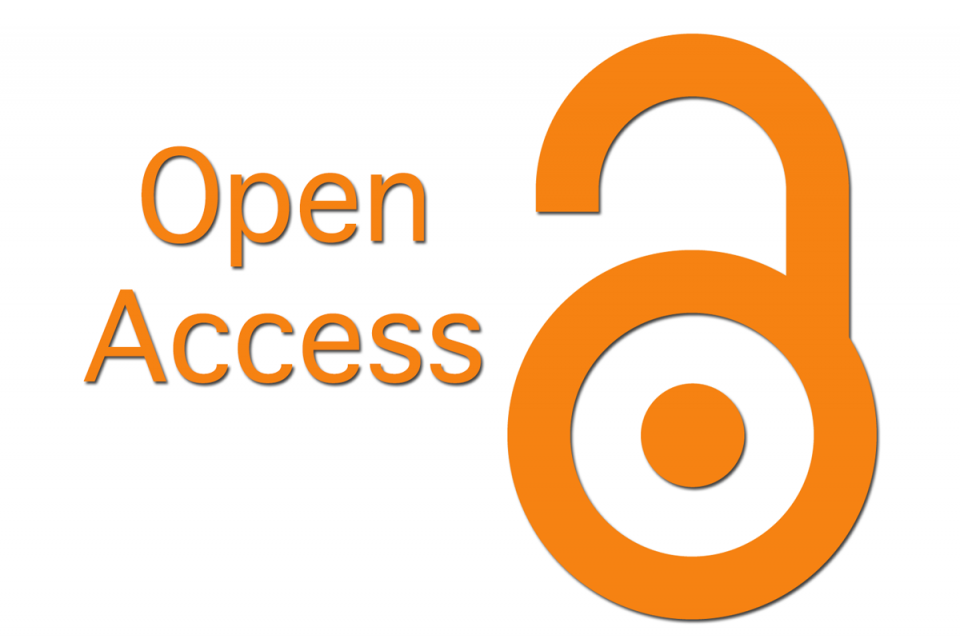AI-Driven Optimization for Liver Disease Prediction Using Data Balancing Techniques
DOI:
https://doi.org/10.48047/Keywords:
.Abstract
Liver disease affects millions of people worldwide and is a serious global health problem. Better patient outcomes and efficient disease treatment depend on prompt and accurate diagnosis. It has been demonstrated that machine learning (ML) approaches may accurately predict a wide range of medical disorders, including illnesses of the liver. However, the caliber and volume of training data have a major impact on how well machine learning models perform. Sadly, class imbalance affects a lot of datasets, meaning that some classes—like patients with and without diseases—are not fairly represented.
Downloads
References
Amin, Ruhul, Rubia Yasmin, Sabba Ruhi, Md Habibur Rahman, and Md Shamim Reza. "Prediction of chronic liver disease patients using integrated projection based statistical feature extraction with machine learning algorithms." Informatics in Medicine Unlocked 36 (2023): 101155.
Md, Abdul Quadir, Sanika Kulkarni, Christy Jackson Joshua, Tejas Vaichole, Senthilkumar Mohan, and Celestine Iwendi. "Enhanced Preprocessing Approach Using Ensemble Machine Learning Algorithms for Detecting Liver Disease." Biomedicines 11, no. 2 (2023): 581.
Gupta, Ketan, Nasmin Jiwani, Neda Afreen, and D. Divyarani. "Liver Disease Prediction using Machine learning Classification Techniques." In 2022 IEEE 11th International Conference on Communication Systems and Network Technologies (CSNT), pp. 221-226. IEEE, 2022.
Published
Issue
Section
License

This work is licensed under a Creative Commons Attribution 4.0 International License.
You are free to:
- Share — copy and redistribute the material in any medium or format for any purpose, even commercially.
- Adapt — remix, transform, and build upon the material for any purpose, even commercially.
- The licensor cannot revoke these freedoms as long as you follow the license terms.
Under the following terms:
- Attribution — You must give appropriate credit , provide a link to the license, and indicate if changes were made . You may do so in any reasonable manner, but not in any way that suggests the licensor endorses you or your use.
- No additional restrictions — You may not apply legal terms or technological measures that legally restrict others from doing anything the license permits.
Notices:
You do not have to comply with the license for elements of the material in the public domain or where your use is permitted by an applicable exception or limitation .
No warranties are given. The license may not give you all of the permissions necessary for your intended use. For example, other rights such as publicity, privacy, or moral rights may limit how you use the material.







